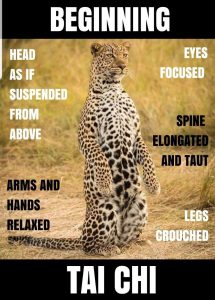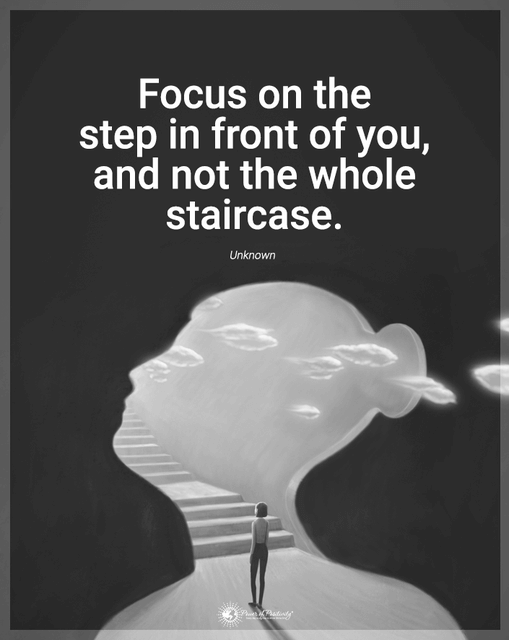Beginning.
It’s a cold, cloudy, crummy day as I begin this blog. Then again, it’s April, and spring is a transitional season, so the weather is doing exactly what it’s supposed to be doing. This is enough.
Nearly every tai chi teacher seems to have a blog, and they’re almost all pretty good – you can learn something of value from each of them. This blog, for East Wind students, will be a repository of information for reference, as much or more than it will be a collection of my own thoughts. That said, it’s inevitable that something of the author comes through any such resource, simply because of the things he or she chooses to share with their audience.
One of the problems with starting a tai chi blog for students is knowing where to start. The teacher must look from the perspective of the student, and keep his or her needs in mind. What’s the first thing a student needs to know about tai chi? Is it the forms? The breathing? The applications? The sometimes impenetrable jargon? The history? The underlying philosophy? There is much to learn and it can be daunting looking at everything at once.
I think the first thing the student ought to know about undertaking the study of tai chi – or indeed any long-term pursuit – is the fact that it is a life-long pursuit which will become increasingly rewarding as the months and years of study go on. Because of this, it’s not necessary to know everything at once, or even to be very good at anything at first. It is simply necessary to begin somewhere, in earnest, with an open mind and a calm, inquisitive spirit. Trust the process, and trust the journey.
Take your time and be patient & forgiving with yourself. We spend a lifetime adapting ourselves to the world around us – how we move, how we work, how we interact with the things and people around us – and we develop habits of movement, work and interaction which may or may not be beneficial to our well-being. Anyone who suffers carpal-tunnel syndrome or chronic back problems knows exactly what I’m on about.
Tai chi, in addition to being a martial art, has as one of its goals the un-learning of bad habits, and replacing them with ways of moving, working and interacting that are healthy, natural and stable. We don’t grow into our bad habits overnight and we won’t undo them overnight.
I’ll leave you with the following quote from the late Grandmaster Yang Zhenduo:
“Every day you have to eat. Every day you have to practice. I wish you would practice every day and, make this training a part of your life. Practice every day and you will improve. Create continuity and use your will to continue. This training will improve your body and mind making your work easier and your life better. You will have happiness and a wonderful life.”


